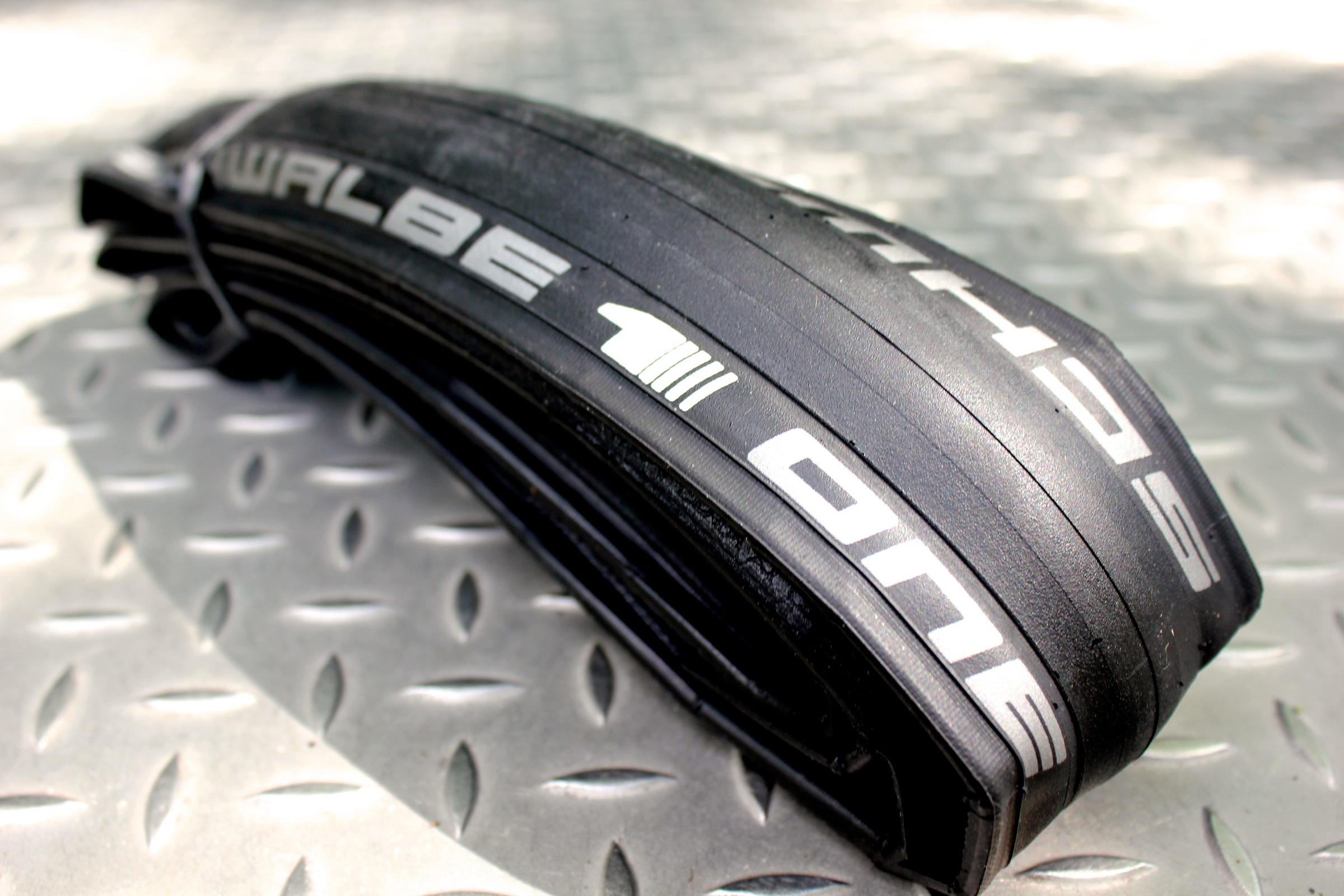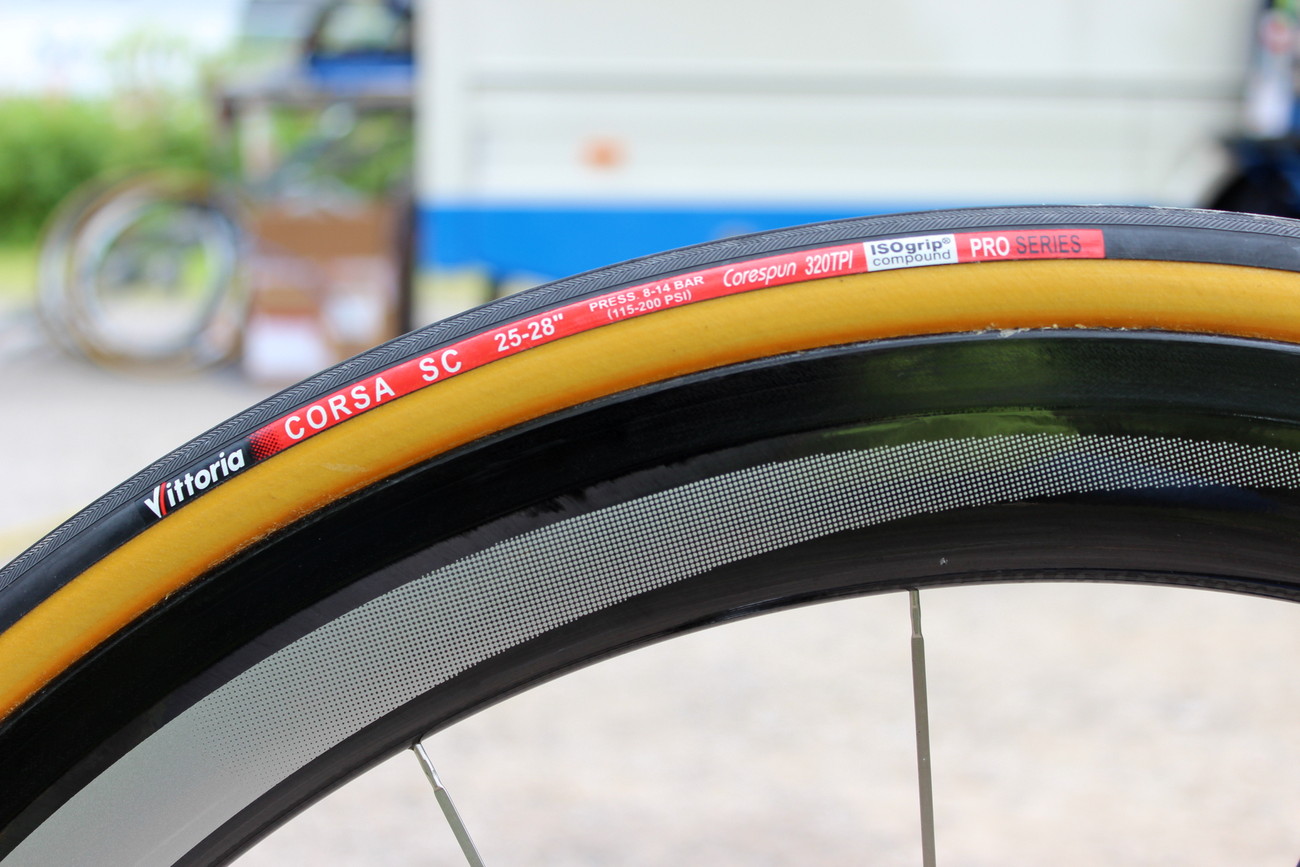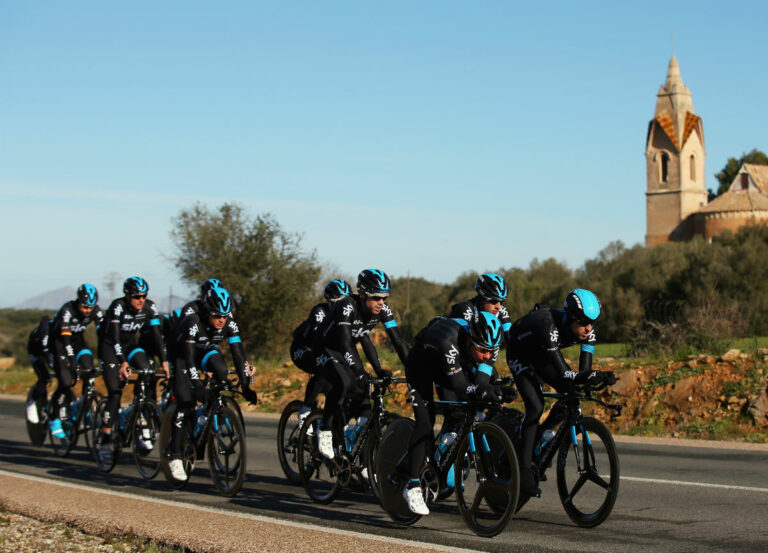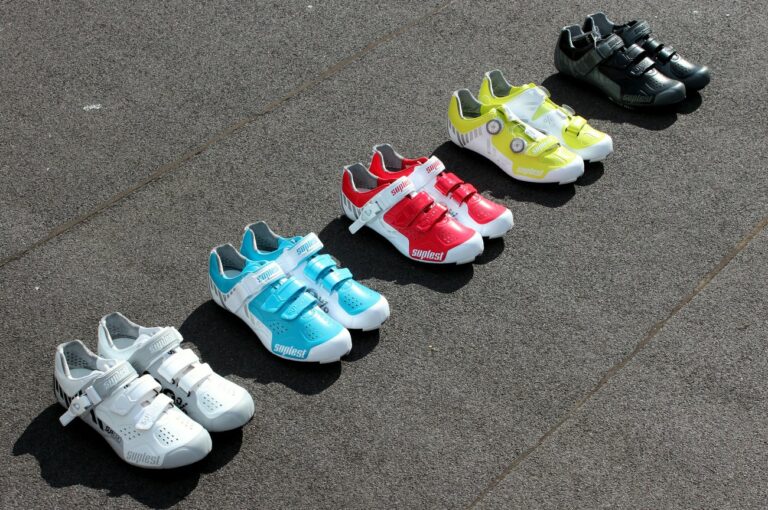Is wider faster?
-

Wider, 25mm tyres are commonplace in the pro peloton - what does that mean for the rest of us?
-

The One is German firm Schwalbe's flagship road tyre
-

The old-school thinking that a narrower tyre is automatically faster has been flipped on its head (Pic: Sirotti)
-

Tyre pressures are considered closely guarded secrets by professional riders and mechanics
-

25mm tyres are increasingly popular with pros and amateurs alike thanks partly to the improved ride quality
Is wider faster?
Tyres are the only constant on your bike that’s continually in contact with the road surface, therefore tyre selection and preparation can have an overwhelming impact on bike handling and rider comfort.
But it’s only in the last couple of years that the world of competitive road cycling has taken the leap towards using wider tyres.
It’s as if we all just wake up one morning and said, “You know what? I’ve had enough of being beaten up by my 19-23mm tyres, I think I’ll switch to something wider and more comfortable to give myself a break.”
In reality, of course, it is not that simple so we’ve delved deep into the reasons behind the change and spoken to industry professionals and pro team experts for an insight into what’s really happening with the push towards wider tyres.
We’ve probably all run 19, 20 or 23mm tyres (many of us still will now), pumped them up to their maximum pressure, and never once questioned it. It was the norm, it’s what the pros were riding – but that’s part of the problem.
Unlike the mountain bike scene, which has soaked up rapid change like a sponge over the last 25 years, be it tubeless tyres or disc brakes, historically, the road scene tends to be somewhat more cautious in its approach. Until recently, anything like the wider tyres that were once only to be found on audax and touring bikes were either frowned upon or laughed at by the racing fraternity – unless you rode Paris-Roubaix, of course!
But with wider tyres now universally adopted by bike manufacturers and, importantly, by the pro peloton, it’s socially acceptable to run 25mm tyres as standard.
Looking at the selections made by bike manufactures when fitting out their 2015 road bikes with original (OE) tyres, it’s easy to see that 25 is the new 23. But manufactures haven’t just squeezed in wider tyres, many frames and forks are now ‘tweaked’ to accommodate wider rubber (sometimes up to 28mm), and you could argue that manufacturers who haven’t developed their bikes along these lines are behind the design and marketing curve.
Many sportive or endurance bikes have been running bigger tyres for some time, but with the professionals sanctioning wider tyres, has the death knell rung for narrow tyres?
In this piece we’ll consider the effect of a wider tyre on rolling resistance, comfort, grip and aerodynamics, but first, let’s find out what tyre manufacturers make of the shift.





